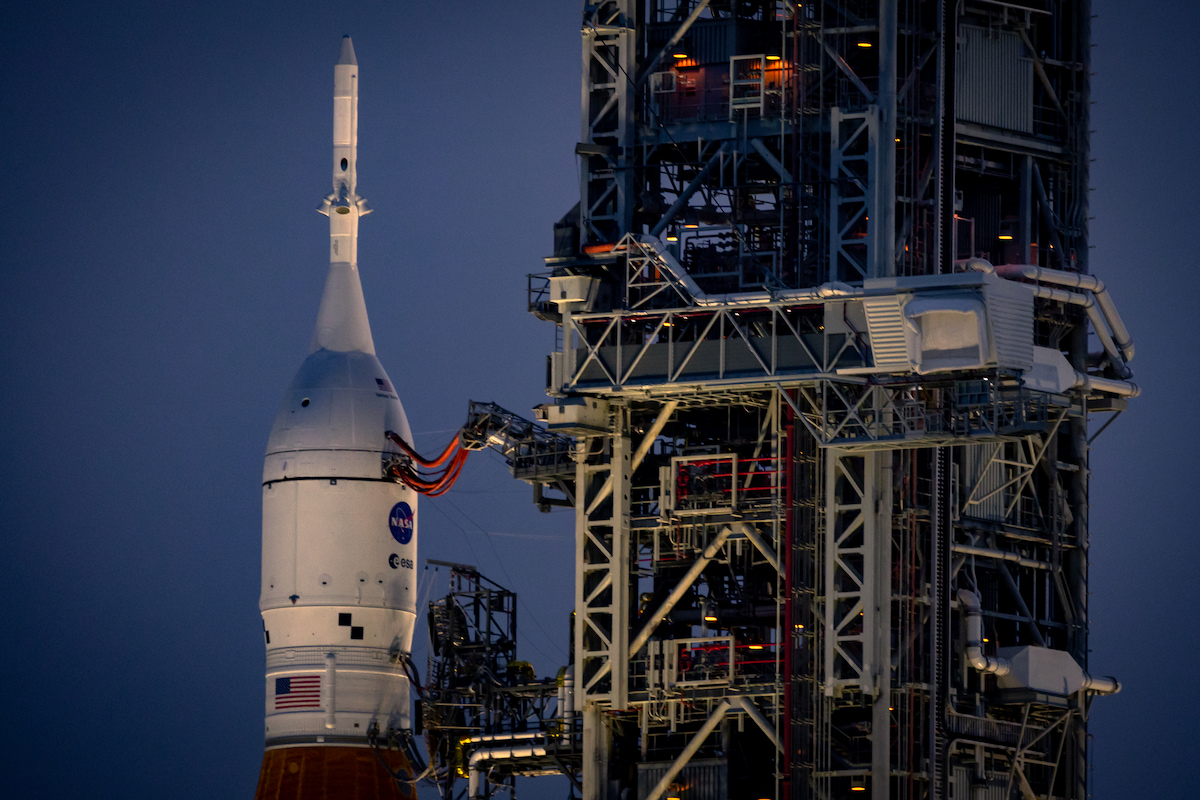
NASA shared that it has finished an analysis on the cause of more than expected erosion on the Artemis 1 Orion spacecraft’s heat shield from two years ago. However, the agency hasn’t yet shared any details with the public as to what might have caused the issue.
One of the most important parts of a successful Artemis 2 mission, Orion’s heat shield, has been under the microscope since it first flew around the Moon back in 2022. What felt like a decade ago already, the Artemis 1 mission felt like a turning point for the Artemis program as a whole, but the program is still stuck in cost-plus contract delays.
The heat shield erosion problem was a rather big shock when it was announced after what was viewed as an overall successful uncrewed test flight. Many believed that Artemis 2 was right around the corner, and with SpaceX’s Starship rocket beginning test flight campaigns, a lander for Artemis 3 would be ready in no time.
“We have conclusive determination of what the root cause of the issue is,” Lori Glaze, acting deputy associate administrator in NASA’s Exploration Systems Development Mission Directorate, said. “We have been able to demonstrate and reproduce it in the arc jet facilities at Ames.”
This comes after nearly two years of investigating a part of the spacecraft no one saw coming as a problem. Orion, built by Lockheed Martin, was the star of the SLS program, contract-wise, as it seemed to be sitting around waiting for its ride, Boeing‘s Space Launch System, to get its act together.
For two years, it looks like things have flipped; parts for Artemis 2’s SLS rocket have been sitting at Kennedy Space Center waiting to stack but can’t due to Orion’s issues.
In these last two years, GAO report after report has come out showing just how much of a mess the Artemis Program is under NASA’s management. Between projects years behind schedule and billions over budget, each cost-plus contract part of Artemis is threatening to throw any chance of getting humans back to the Moon under the Artemis banner by 2030 away.
Elon Musk’s shining city on a hill he calls Starship hasn’t been doing too well either, but you can at least put the blame on the FAA’s understaffed and underfunded space division for those delays. However, heavy slippage to the right of any major government program, especially a space program, should have been expected.
FTC: We use income earning auto affiliate links. More.




Comments